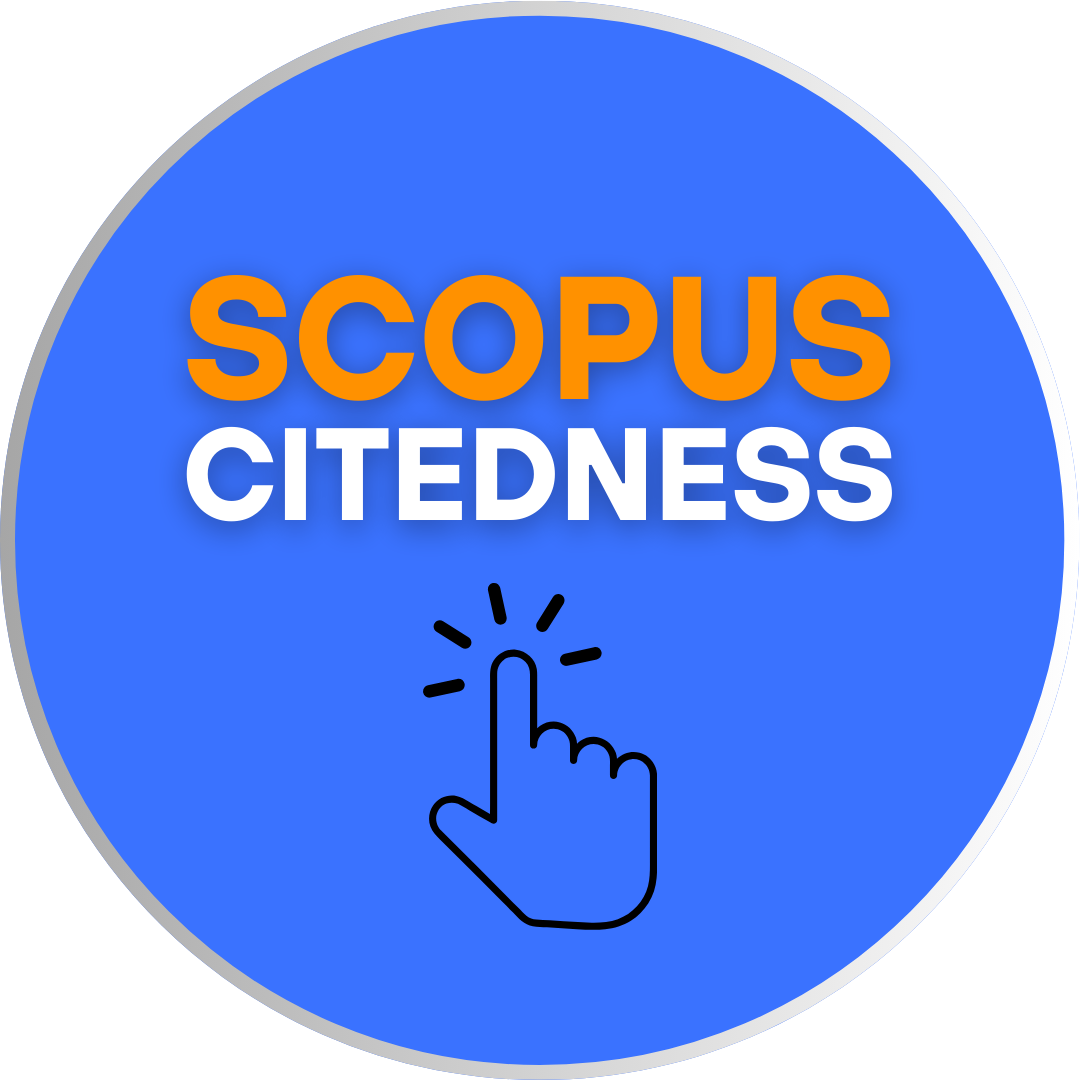IDENTIFICATION OF STUDENTS’ DIFFICULTIES IN MASTERING PASSIVE VOICE
DOI:
https://doi.org/10.18592/let.v3i1.1386Keywords:
Identification, Students’ difficulties, mastering, Passive VoiceAbstract
The research is conducted to find out of students’ difficulties in mastering passive voice of the eleventh grade students at Islamic Senior High School Riadhusshalihi at Sinar Bulan cademic Year 2011/2012 The subject of the research is 35 students at the eleventh grade students of Islamic Senior High School Riadhusshalihin at Sinar Bulan academic year 2011/2012. The object of this research is identification of students’ difficulties in mastering passive voice.The writer uses some techniques to collect data such as test, questionnaire, observation, interview and documentary. Data processing in this research is divided into five phases: editing, classification, scoring, tabulating and data interpretation. Then, all the data are analyzed by using descriptive qualitative and conclude by inductive method.The result of this research indicates that identification of students’ difficulties in mastering passive voice of the eleventh grade Students at Islamic Senior High School Riadhusshalihin at Sinar Bulan Academic Year 2011/2012 is in fair category. The most of students’ difficulty in mastering passive voice is identifying tenses whose 32 students or 91.43 % are wrong in answering the questions.References
Allsop, Jake. (1989). Making Sense of English Grammar, Jakarta: Binarupa Aksara, ed. 1
Arikunto, s. (1998). Prosedur Penelitian. Jakarta: Rineka Cipta
Asa, Paul. (2003) Mari Belajar Bahasa Inggris. Jakarta: Gramedia Widisarana
Indonesia, Vol. 1
Badudu, J.S. dan Sultan M. Zain. (1956), Kamus Umum Bahasa Indonesia, Jakarta: Pustaka Sunan Harapan
Cyssco, Dhanny R. (1985). Systematic Modern English, Jakarta: Simplex, ed. 1.
Larsen-Freeman, Diane. (1976), Techniques and Principle in language Teaching.
New York: Oxford University Press
Geoffrey, Leech and San Svartvik. (1975), A communicative Grammar of English,
London: Longman
Hollingsworth, Pat. (2006). Active Learning Increasing Flow in the Classroom.
USA: Crown House Publishing.
Hornb, A.S. (1995). Oxford Advance Learner’s Dictionary of Current English.
New York: Oxford University Press, ed.2
Howatt, A.P.R. (1984). A History of English Language Teaching, USA: Oxford
University Press
Izzan Ahmad. (2008). Metodologi Pembelajaran Bahasa Inggris, Bandung:
Humaniora
Murcia, Marrianne Celce & Luis Meintosh. (1959). Teaching English as a second
Language Los Angeles: Newbury Hruse Publiser, Inc
Murphy, Raymond. (1997). Essential Grammar In Use second edition.New York:
Cambridge University Press
Quirk, Randolp. (1983). A University Grammar of English, London:
Commonwealth Printing Press
Raimes, Ann. (2004). Grammar Troublespots a Guide for Student Writers. New
York: Cambridge University Press, ed.3
Richard, Jack. C. (1986). Approaches and Methods in Language Teaching,
Australia: Cambridge University Press
Thomson, A. J. and A. V. martinet. (1986). A Practical English Grammar, New
York: Oxford University Press, ed. 4
Werner, Patricia K. (1983). Compact Mosaic I A Communication-Based Grammar, New York: MC Graw-Hill, Inc.
Downloads
Published
How to Cite
Issue
Section
License
Authors who publish with this journal agree to the following terms:
- Authors retain copyright and grant the journal right of first publication with the work simultaneously licensed under a Creative Commons Attribution License that allows others to share the work with an acknowledgement of the work's authorship and initial publication in this journal.
- Authors are able to enter into separate, additional contractual arrangements for the non-exclusive distribution of the journal's published version of the work (e.g., post it to an institutional repository or publish it in a book), with an acknowledgement of its initial publication in this journal.
- Authors are permitted and encouraged to post their work online (e.g., in institutional repositories or on their website) prior to and during the submission process, as it can lead to productive exchanges, as well as earlier and greater citation of published work.
LET (LINGUISTICS, LITERATURE, AND LANGUAGE TEACHING) http://jurnal.uin-antasari.ac.id/index.php/let/index licensed under a Creative Commons Attribution 4.0 International License.
















